Schneider Electric Circuit Breakers

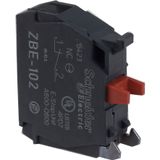
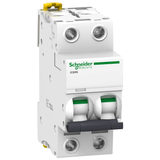

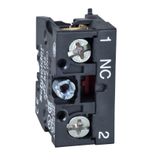
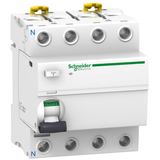
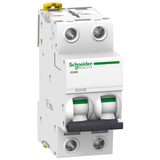
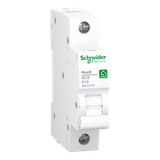
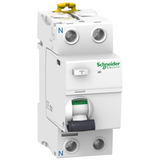
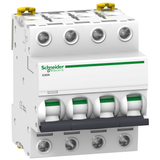
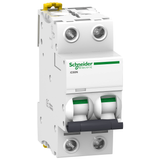

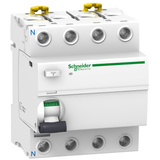

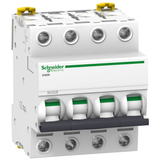


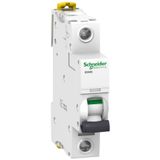
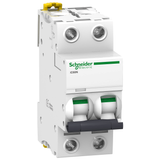
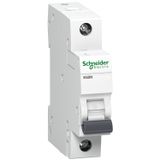
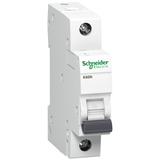

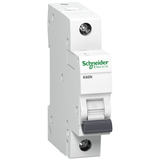


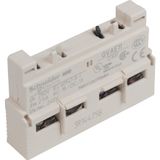
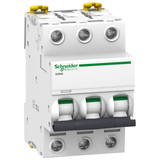

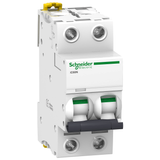

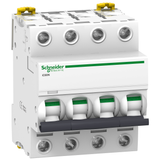

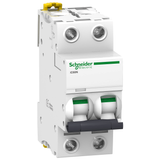


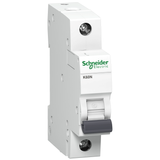
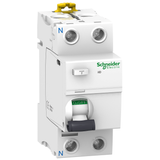

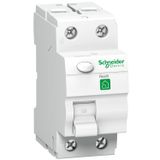

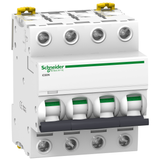


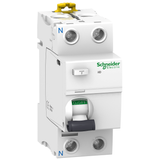
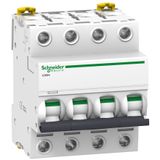


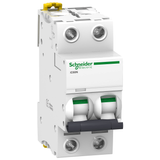
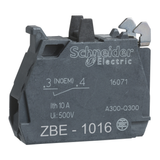


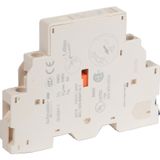

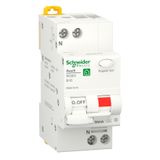



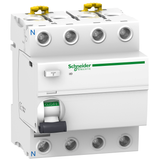
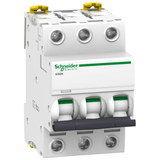

Schneider Modular Circuit Devices for industrial panels
Schneider’s Acti9/Multi9 platform lets panel builders standardize footprints, terminal geometry, and accessories across control and distribution. You can mix feeders, residual protection, surge suppression, and switching on the same 18-mm pitch with shared busbars and auxiliaries. Within this schneider electric breakers and din modular devices portfolio, rated currents span 0.5…125 A, utilization categories cover AC-21/22/23, and breaking capacities reach 6, 10, 15, and 25 kA depending on frame and voltage. Typical operating temperatures are −25…+60 °C with IP20 finger-safe fronts and IP40/IP65 inside suitable enclosures.
Schneider MCB and RCD families and accessories
For branch protection, Acti9 iC60 (N/H/L) miniature breakers cover curves B, C, D, K, and Z; pole counts 1P…4P; and up to 440 V AC. Terminal cages accept 1.5…25 mm² with dual in/out wiring for comb busbars. Residual protection is implemented via iID RCCB and iC60 + Vigi add-on blocks or compact RCBOs (iDPN-Vigi) to free rail space. Optional AFDD add-ins address arc-fault risks in sensitive zones. For signaling, OF/SD/OFSD auxiliaries provide trip and fault outputs directly to PLC inputs, and motorized mechanisms enable remote reclose where standards allow.
Product range and series overview for OEM integration
Project kits usually combine: MCB/RCBO feeders, switch-disconnectors (iSW) for safe isolation, Type 2 surge devices (iPRD) for inlet protection, and measurement modules (iEM) when load profiling is required. Where machine stops must be guaranteed, interlocking with contactor coils is handled through breaker auxiliaries and shunt trips. The catalog’s busbars, end-feed blocks, phase barriers, handle locks, and clip-on shutters reduce assembly time and keep panel ergonomics uniform. For harsh environments or legacy rails, Multi9 frames and adapters maintain continuity with older drawings—handy on retrofit lines.
Technical specifications and standards in Schneider DIN Rail Protection
Compliance spans IEC/EN 60898-1 (final circuits), IEC/EN 60947-2 (industrial MCB/MCCB behavior), IEC/EN 61008/61009 (RCCB/RCBO), and IEC 61643-11 (SPD Type 1/2/3). Typical dielectric withstand is ≥ 2.5 kV; impulse 4 kV; insulation category III. Residual devices support AC/A/F types with IΔn 10/30/100/300 mA, time-delay S where selectivity is needed. Coordination tables cover cascading/selectivity with upstream Compact NSX/NSXm MCCBs, so fault energy stays inside the modular tier and cables remain within thermal limits. Mechanical endurance commonly exceeds 20 k cycles on breakers and > 10 k operations on disconnectors.
Applications and compatibility across machine cells
Conveyors and packaging lines use MCB/RCBOs for valve islands and drives; press and metal-working cells adopt high-Icu frames and Type 2 SPDs due to transients; cleanrooms prefer low-leakage RCBOs to avoid nuisance trips on filters. Field boxes can land RCBOs for localized maintenance zones, while central cabinets use stacked busbars for dense feeder rows. The same handle locks and front plates carry through door-mounted assemblies so LOTO routines remain consistent between cabinets.
System architecture and panel coordination
A reliable layout ties feeders, residual protection, and SPDs into a unified topology: incomer + iPRD at the top, selective RCDs on group circuits, then MCB/RCBO finals. Use selective or time-delayed RCDs upstream of fast 30 mA finals to preserve discrimination; pair VFD outputs with Type B/F residual devices where DC components occur. Thermal spacing matters—keep at least 9 mm between high-loss devices or apply derating factors from the data sheet. For mass production, adopt comb busbars with pre-cut tooth maps; they slash wiring time and variability versus hand-made jumpers.
Integration with other brand products and platforms
The DIN portfolio drops cleanly into Schneider TeSys motor starters (D/GC), Altivar drives, Zelio/Modicon I/O, and Harmony signaling. Shunt-trip and undervoltage coils interface with safety relays for monitored shutdown; breaker auxiliaries report to PLCs over distributed I/O. In brownfield plants, Multi9 adapters bridge to legacy rails so you can refresh feeders without redrawing the enclosure.
Selection criteria for B2B engineers
Define the network and fault level first, then pick Icu/Ics and the trip curve against inrush (PSU, servo, transformer). Choose RCD type (AC/A/F/B) by load characteristics and harmonics; set IΔn according to risk and leakage budget. Use RCBOs where cable runs are long or shared neutrals complicate RCCB coverage. Validate selectivity/cascading with upstream MCCBs; confirm thermal derating for stacked rows and enclosure temperature class. Where diagnostics matter, specify auxiliaries for remote trip and residual alarms. If you need IO-ready fault signaling and timed restart, that’s where schneider protection modules (add-ons and monitoring blocks) keep logic simple.
Advantages of working with Bankoflamps
Bankoflamps aligns pricing with your BOM and shows live EU stock before you lock schedules. Quote responses typically arrive within about an hour; ordering by EAN/MPN prevents variant drift across lines. Your portal exposes lead-time and shipment status, plus downloadable price lists for planning. Approved partners can use post-payment terms up to 30 days. We consolidate partials to cut freight and provide price-validity windows so phased rollouts remain predictable. A dedicated account manager cross-checks busbars, auxiliaries, RCD types, and SPD ratings against your drawings to ensure the kit lands complete—clean, labeled, and ready for rail.